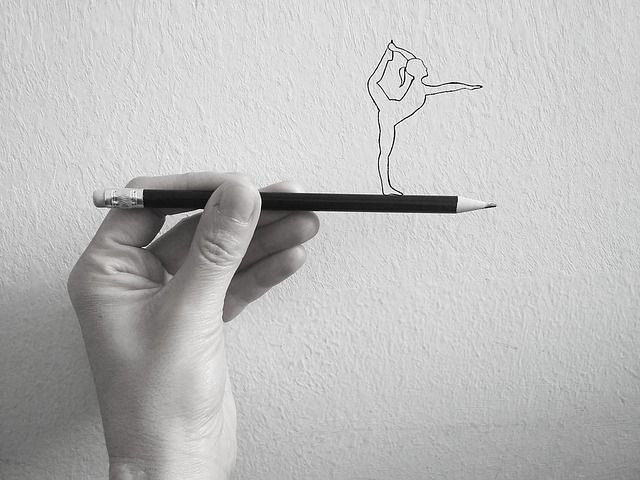The Drawing Effect: People Who Draw Words Versus Writing Them Out May Improve Memory

The human brain is powerful and complex. One could even argue that its capabilities are more powerful than a computer. However, everything has an Achilles heel, and in the brain it's memory storage. This is evident even in childhood, when the brain is still clear and not yet teeming with years of memories. Now, new research published in the Journal of Experimental Psychology suggests people who struggle with memory can improve it simply by drawing.
“We pitted drawing against a number of other known encoding strategies, but drawing always came out on top,” lead author Jeffrey Wammes said in a statement. “We believe that the benefit arises because drawing helps to create a more cohesive memory trace that better integrates visual, motor and semantic information.”
Previous studies have suggested tasks like saying a word aloud can benefit memory. However, it isn’t a practical strategy to use in a learning environment or while having a group conversation given its disruptive nature. So in an effort to find an unobtrusive way to enhance memory, Wammes and his teamed revisited the dual-coding strategy, which involves a combination of thinking about an object and drawing a picture of it. Investigators who first tried to measure the effectiveness of this strategy produced sparse and flawed studies that failed to “ account for the mere fact that it takes longer to draw a picture than, say, write a word, and whether writing the word in a more time-consuming way — using elaborate calligraphy, for example — would thus boost recall too,” Time reported.
Wammes recruited groups of students and had them complete seven similar trials, but with different variations to account for variables those past studies failed to adjust for. In most of the trials, participants were given a list of 30 simple words that were easy to draw, such as balloon or apple, and were asked to either draw or write out each in 40 seconds. They were then asked to classify musical tones as a "filler task" in order to give their mind a chance to either consolidate or forget the new memories. Afterward they were asked to write down a list of as many objects as they could remember from the first task.
Results from seven variations of the experiment showed that drawing the object was more beneficial than writing words out or listing descriptive characteristics, every time, Time reported.
“We discovered a significant recall advantage for words that were drawn as compared to those that were written,” said Wammes. “Participants often recalled more than twice as many drawn than written words. We labeled this benefit ‘the drawing effect,’ which refers to this distinct advantage of drawing words relative to writing them out.”
While the drawing strategy proved to be effective at boosting memory, these experiments only involved simple, single words. More research is needed to determine how widely this strategy can be applied to other types of information.
Source: Wammes J, Meade M, Fernandes M. The Drawing Effect: Evidence for Reliable and Robust Memory Benefits in Free Recall. The Quarterly Journal of Experimental Psychology. 2016.



























